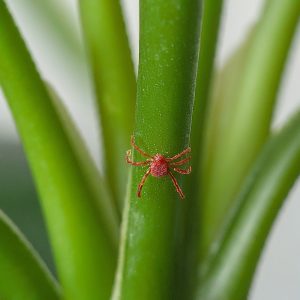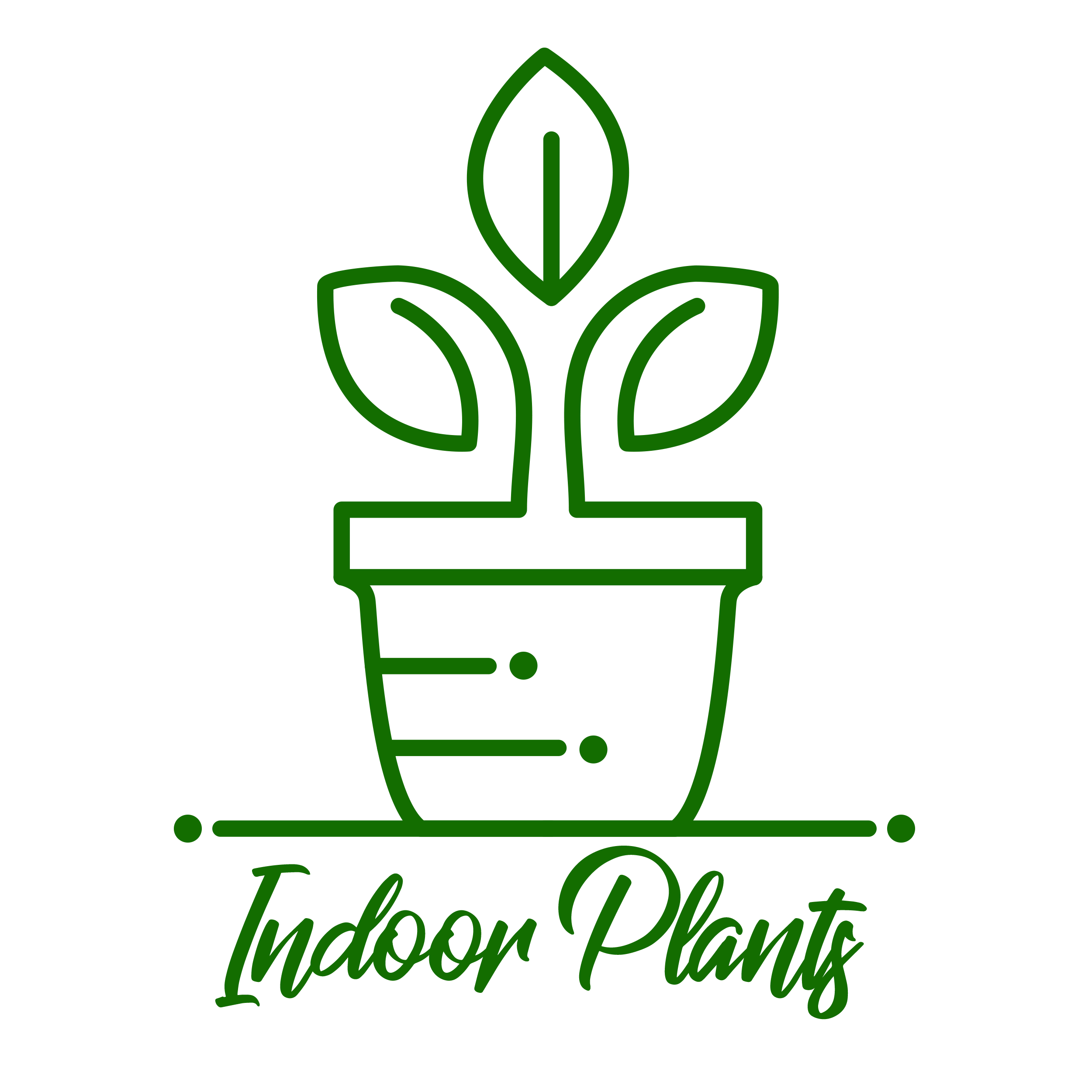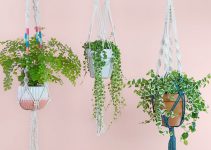Scotts Turf Builder Weed and Feed5, Weed Killer Plus Lawn Fertilizer, Controls Dandelion and Clover, 4,000 sq. ft., 11.32 lbs.
27% OffBonide Captain Jack's Neem Oil, 32 oz Ready-to-Use Spray, Multi-Purpose Fungicide, Insecticide and Miticide for Organic Gardening
$9.76 (as of July 8, 2025 21:56 GMT +00:00 - More infoProduct prices and availability are accurate as of the date/time indicated and are subject to change. Any price and availability information displayed on [relevant Amazon Site(s), as applicable] at the time of purchase will apply to the purchase of this product.)Indoor Plants Leaves Turning Black: Causes and Solutions
Introduction
Having indoor plants can bring a touch of nature into your home, purifying the air and adding a vibrant touch of greenery to your living space. However, one of the most common and concerning issues that indoor plant enthusiasts face is the dreaded sight of their plant’s leaves turning black. This phenomenon can be alarming and disheartening, leaving you wondering what went wrong and how to save your beloved plant.
In this comprehensive guide, we’ll delve into the various causes of black leaves on indoor plants and provide you with practical solutions to address each issue. From environmental factors to pest infestations and cultural practices, we’ll cover it all, ensuring you have the knowledge and tools to revive your ailing plants and prevent future occurrences of this problem.
Understanding the Causes of Black Leaves

Before we dive into the solutions, it’s essential to understand the potential causes of black leaves on indoor plants. By identifying the root cause, you’ll be better equipped to implement targeted solutions and restore your plant’s health. Here are some common reasons why indoor plant leaves may turn black:
Overwatering
- Excessive moisture can lead to root rot, depriving the plant of oxygen and causing the leaves to turn black and decay.
Underwatering
- Prolonged periods of drought stress can cause the plant’s leaves to wilt, dry out, and turn black from the tips inward.
Low Humidity
- Indoor environments often have lower humidity levels, which can cause the leaf tips and edges to turn black, crispy, and dry.

Cold Drafts or Temperature Fluctuations
- Exposure to cold drafts or sudden temperature changes can shock the plant, leading to black, necrotic patches on the leaves.
Pest Infestations

- Pests like spider mites, mealybugs, and scale insects can damage the plant’s leaves, causing black spots or discoloration.
Fungal or Bacterial Infections
- Certain fungal or bacterial diseases can cause black spots, blotches, or patches on the leaves, leading to their eventual death.
Nutrient Deficiencies
- Lack of essential nutrients, such as iron, magnesium, or nitrogen, can cause the leaves to turn yellow, brown, or black.
Salt Buildup
- Excessive salts in the soil or water can cause leaf edges and tips to turn black and crispy, indicating salt toxicity.
Sunburn
- Direct exposure to intense sunlight, especially after being in a shaded environment, can cause the leaves to burn and turn black.
Age and Natural Shedding
- As indoor plants age, their older leaves may naturally turn yellow, brown, or black and shed off, which is a normal process.
Now that we’ve covered the potential causes, let’s dive into the solutions and tips to help revive your indoor plants and prevent further black leaves.
Solutions and Tips
Proper Watering Techniques
- Use the “Finger Test”: Stick your finger into the soil up to the second knuckle. If the soil feels dry, it’s time to water your plant.
- Water thoroughly: When watering, ensure that the water drains out from the bottom of the pot, allowing the soil to absorb moisture evenly.
- Adjust watering schedule: During warm seasons or in dry environments, you may need to water more frequently. In cooler months or humid conditions, reduce watering.
- Use a moisture meter: A moisture meter can help you determine the soil’s moisture level and guide your watering schedule more accurately.
Addressing Humidity Issues
- Use a humidifier: Place a humidifier near your plants to increase the ambient humidity levels, which can prevent leaf tips from turning black and crispy.
- Mist your plants: Regularly misting the leaves with a spray bottle can help maintain adequate humidity levels around the plant.
- Group plants together: Grouping plants together can create a microclimate with higher humidity levels, benefiting the plants.
- Use a pebble tray: Place the potted plant on a tray filled with pebbles and water, allowing the evaporating water to increase humidity around the plant.
Pest Management
- Inspect regularly: Routinely check your plants for signs of pests, such as webbing, sticky residue, or small insects.
- Use insecticidal soap or neem oil: These organic solutions can effectively control many common houseplant pests without harming the plant.
- Isolate affected plants: If you notice a pest infestation, isolate the affected plant to prevent the pests from spreading to other plants.
- Clean the plant: Use a soft brush or cloth dipped in soapy water to gently remove pests and their residue from the plant’s leaves and stems.
Disease Prevention and Treatment
- Remove affected leaves: If a leaf is severely damaged or has large black spots, it’s best to remove it to prevent the disease from spreading.
- Use fungicides or bactericides: For fungal or bacterial infections, consider using a safe fungicide or bactericide designed for indoor plants.
- Improve air circulation: Proper air circulation can help prevent fungal and bacterial diseases from taking hold.
- Sanitize tools and pots: Always clean and disinfect pruning tools, pots, and other gardening equipment to prevent the spread of diseases.
Nutrient Management
- Use a balanced fertilizer: Apply a balanced, water-soluble fertilizer every 2-4 weeks during the growing season to ensure your plant receives essential nutrients.
- Check for deficiencies: If you notice specific nutrient deficiency symptoms, such as yellowing or black leaves, consider using a targeted supplement or fertilizer.
- Flush the soil: If you suspect salt buildup, flush the soil by running copious amounts of water through the pot to remove excess salts.
Proper Light Exposure
- Acclimate to new light conditions: When moving a plant to a new location with different light levels, do it gradually to prevent sunburn or shock.
- Rotate plants: Regularly rotate your plants to ensure even light exposure and prevent one side from becoming sunburned.
- Use sheer curtains or blinds: If your plant is receiving too much direct sunlight, use sheer curtains or blinds to filter the light and prevent sunburn.
Environmental Control
- Avoid cold drafts: Keep your plants away from drafty windows, doors, or air conditioning vents to prevent temperature fluctuations and stress.
- Monitor temperature: Most indoor plants thrive in temperatures between 65°F and 80°F (18°C and 27°C). Adjust your heating or cooling systems accordingly.
- Prune regularly: Remove dead, damaged, or discolored leaves promptly to promote new growth and prevent the spread of disease or pests.
Repotting and Soil Maintenance
- Use well-draining soil: Ensure your potting mix has good drainage to prevent waterlogging and root rot.
- Repot when necessary: If your plant has outgrown its pot or the soil has become compacted, repot it into a larger container with fresh potting mix.
- Avoid over-potting: Don’t use a pot that is significantly larger than the plant’s root system, as this can lead to overwatering and other issues.
Plant Selection and Care
- Choose appropriate plants: Research and select indoor plants that are well-suited to the conditions in your home, such as light levels, humidity, and temperature.
- Follow care instructions: Familiarize yourself with the specific care requirements of each plant, including watering needs, fertilizing schedules, and pruning guidelines.
- Quarantine new plants: When introducing new plants to your home, quarantine them for a few weeks to ensure they are pest-free before integrating them with your existing collection.
Frequently Asked Questions (FAQs)
- How do I prevent black leaves on my indoor plants? Prevention is always better than cure. Maintain proper watering schedules, humidity levels, and light exposure. Regularly inspect your plants for pests or diseases and address any issues promptly. Provide the appropriate nutrients and environmental conditions for your specific plant varieties.
- Can black leaves on indoor plants be reversed? In some cases, black leaves can be reversed if the underlying issue is addressed promptly. However, severely damaged or dead leaves will not recover and should be removed to promote new growth and prevent the spread of problems.
- How do I know if my plant is underwatered or overwatered? Underwatered plants will have wilted, drooping leaves, while overwatered plants may have yellowing or black leaves, along with soggy soil. Use a moisture meter or the finger test to determine the soil’s moisture level accurately.
- How often should I fertilize my indoor plants? The frequency of fertilization depends on the plant species, but a general rule is to fertilize every 2-4 weeks during the growing season (spring and summer) with a balanced, water-soluble fertilizer. Reduce or stop fertilizing during the dormant seasons (fall and winter).
- Can black leaves on indoor plants be caused by too much sunlight? Yes, excessive direct sunlight or sudden exposure to intense light can cause sunburn on the leaves, leading to black, crispy patches or discoloration. Acclimate your plants to new light conditions gradually and use sheer curtains or blinds to filter sunlight if necessary.
Conclusion
Indoor plants can bring joy and a touch of nature into your living space, but dealing with issues like black leaves can be frustrating and disheartening. By understanding the potential causes and implementing the appropriate solutions and preventive measures outlined in this guide, you can revive your ailing plants and maintain a healthy, vibrant indoor garden.
Remember, black leaves are often a symptom of an underlying issue, whether it’s improper watering, pest infestations, nutrient deficiencies, or environmental factors. By addressing the root cause and providing your plants with the proper care and conditions, you can prevent further occurrences of black leaves and ensure your indoor oasis thrives.
With patience, attention to detail, and the right knowledge, you can restore the lush, green foliage of your indoor plants and enjoy their beauty and air-purifying benefits for years to come.























